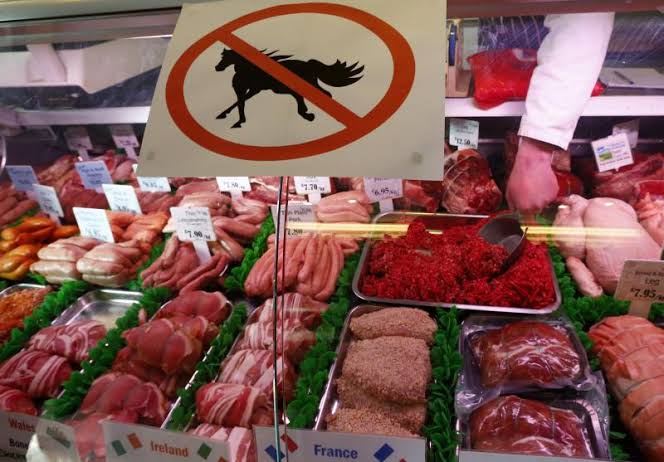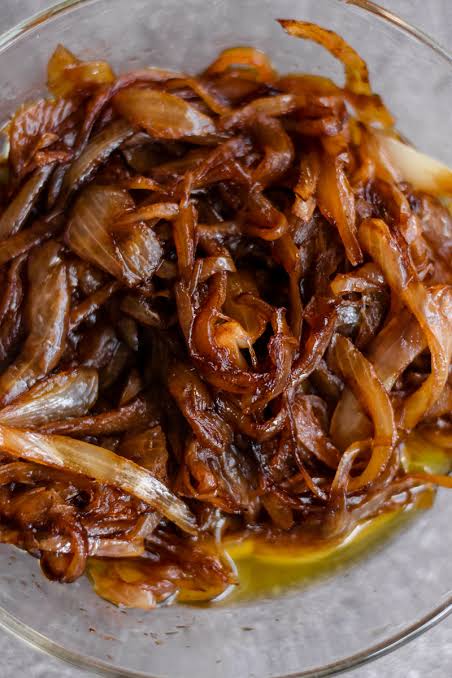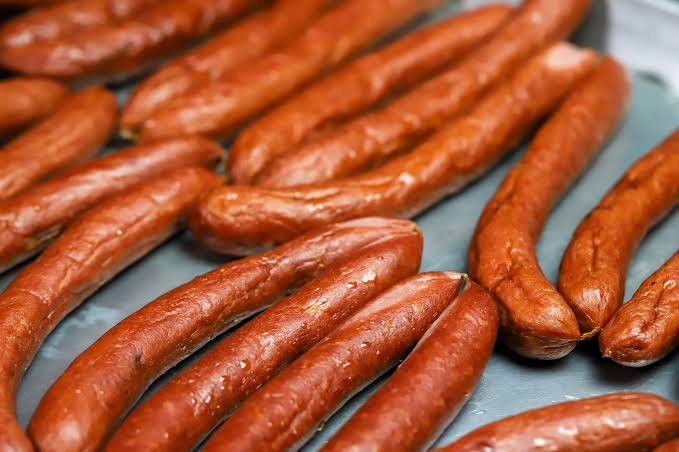Grill grates are a necessary part of grilling for both cooking safety and flavor, but many people don’t know how to use them properly or what they really are. With the understanding of what grill grates are and how to use them, you can get the most out of your grilling experience.
What do I need to know about Grill Grates?
A grill grate is a metal grate or rack placed inside the bowl of a grill. This rack acts as a kind of heat distributor and keeps food off the direct open flame. It also regulates the amount of heat that circulates around the food, giving it even cooking and all-around flavor. Grill grates are found on all grills, from small portable grills to large, permanent ones. They are available in a variety of shapes and sizes, typically made of steel or cast iron, ceramic, porcelain, or even titanium, allowing you to customize the grilling experience to your own liking.
Grill grates are used primarily for two things when grilling: controlling the heat and preventing food from sticking to your grate. When hot coals burn, the heat is uneven and can create hot spots. To even out the heat, three or four well-placed grill grates should be used. These grates absorb some of the heat and evenly distribute it across the food, which gives it an even cooking. The idea is to place the grates on the coal rack on the inside of the grill, so that they are close to each other, and that the grates are held tightly in place, but are not directly on the flame. As the flame burns, the grates grab the hot air and disperse it.
Another purpose of the grill grate is to prevent food from sticking to the grill surface. To use this feature you can oil your grill grate before and after you cook your food. This will create a barrier between your food and the grate, making it easier to remove the food at the end of cooking. This precaution is especially important when using marinated food with oil or sugar, as it can cause the food to stick to the grate and become damaged. To further prevent sticking, it’s best to always preheat the grill grate before you cook. This will help create a non-stick surface and also help to cook the food more evenly. Some griddles are blacker or thicker than others which allow for more even heat distribution and less food sticking.
How do you maintain grill grates?
To maintain the function and appearance of grill grates, here are a few suggested steps to follow.
- After each use, lightly scrub the surface of the grates with soft nylon brush. Doing this regularly can greatly reduce the chance of buildup and the amount of time needed for a deeper clean.
- Deep clean once or twice a season with warm soapy water and a scraper to remove stubborn grease and debris. Be sure to rinse and dry thoroughly afterwards.
- Use a keep a few squirts of vegetable oil on a paper towel. Rub around and over the grates. This helps to keep food from sticking and adds a layer of protection.
- Never store a wet grate. Either scrub, dry or oil grates directly after use and before storing.
- Check grates for rust when cleaning. If any rust is present, light sand or wire brush and re-oil the affected areas.
- Taking the grates off and cleaning out the inside of the grill box can improve efficiency and help prevent flare-ups from occurring.
- Check, inspect and replace the grates on a regular schedule. Even with proper maintenance, the coating on the grates will eventually wear away over time and need to be replaced.
- Lastly, consider covering your grill during winter months to protect from the elements.
How to Choose the Right Grill Grate Material
- Start by researching the different types of grill grate materials available. Consider galvanized steel, cast iron and stainless steel, as these are the most popular and widely used.
- Consider the pros and cons of each material. For instance, galvanized steel is relatively inexpensive but prone to rust. Cast iron is durable and easy to clean, but may require seasoning to protect against corrosion.
- Think about the cooking needs you have when selecting a grate material. Do you plan to cook on low, medium, or high heat? Do you need a sturdy material with even heat distribution and great heat retention?
- Consider if you’ll need to remove the grates for cleaning and storage and how easy it will be.
- Consider the maintenance and upkeep involved with each material. Some will require more frequent oiling and seasoning than others to help prevent corrosion.
- If budget is a concern, look for used grates available in the material of your choice.
- Consider the durability of the grate material you choose. Stainless steel is often the most expensive but is the most resistant to corrosion, while cast iron is very durable but may require regular seasoning.
- Make sure you measure the size of your grill before making a purchase.
- Read customer reviews to get feedback on the durability and performance of the materials you are considering.
- When in doubt, consult with a professional to get advice on which material is best for your grill.
Related posts:
Do grills attract mosquitoes (How To Keep Them Off The BBQ)
Does BBQ Sauce Have Ketchup in it? (Find out)
What do I need to know about Grill Grates? – Summary
Grill grates are an important part of grilling, as they allow you to get the most out of your grilling experience. There are several types and sizes to choose from, so you can customize your grilling experience to whichever type and size works best for you and your cooking needs. By understanding the importance of grill grates and how to use them, you can ensure that your grilling session is a success.



